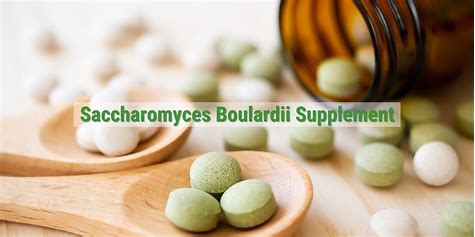Saccharomyces boulardii (S. boulardii) is a probiotic yeast that is a variety of Saccharomyces cerevisiae (also known as baker’s or brewer’s yeast).1 It has been isolated from lychee and mangosteen fruit.2
The probiotic activity of S. boulardii ranges from improving gut barrier function, eradicating pathogens, producing antimicrobial peptides, stimulating the immune system, and inhibiting inflammation.3 Specifically, S. boulardii is used for the prevention and treatment of gastrointestinal tract disorders, including diarrhea symptoms.3
This article discusses the uses, side effects, and precautions of S. boulardii. It also covers what to look for in an S. boulardii supplement.
Dietary supplements are not regulated like drugs in the United States, meaning the Food and Drug Administration (FDA) does not approve them for safety and effectiveness before products are marketed. Therefore, when possible, choose a supplement that a trusted third party, such as USP, ConsumerLabs, or NSF, has tested.

Saccharomyces boulardii
Biodep Biotechnology Co. ,Ltd. , https://www.biodep.com